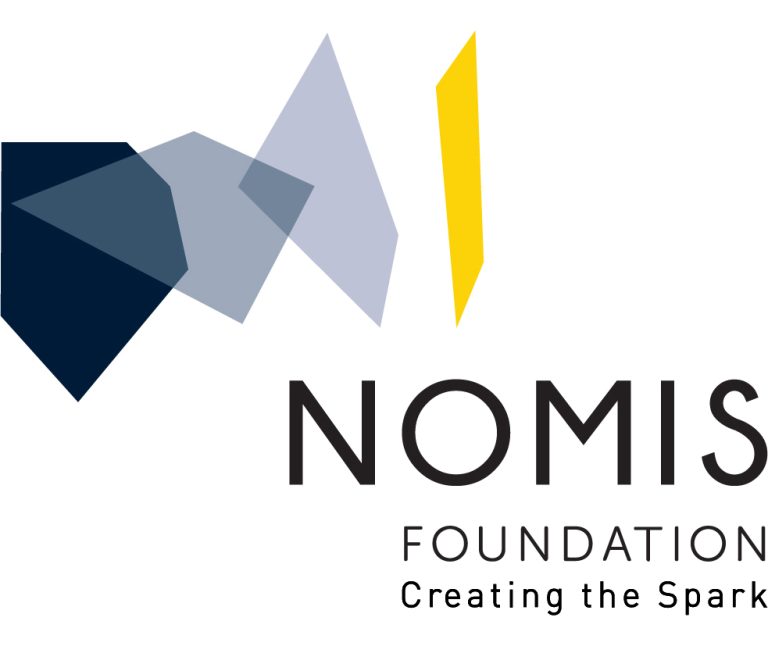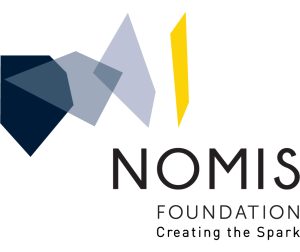Magnetotactic bacteria (MTB) synthesize iron oxide (Fe3O4) nanoparticles (NPs), called magnetosomes, with large sizes leading to a ferrimagnetic behavior and a stable magnetic moment at physiological temperature, a chain structure that prevents NP aggregation and promotes uniform NP distribution, and a mineral core of magnetite/maghemite composition, which can be stabilized by an organic coating. Such properties can favor magnetosome administration to humans under certain optimized non-toxic conditions of fabrication. In this review, I describe the fabrication methods, physico-chemical properties, and the anti-tumor activity of different types of MTB/magnetosome preparations, highlighting the bio-compatibility and excellent anti-tumor activity of purified non-pyrogenic magnetosome minerals stabilized by a synthetic chemical compound.

